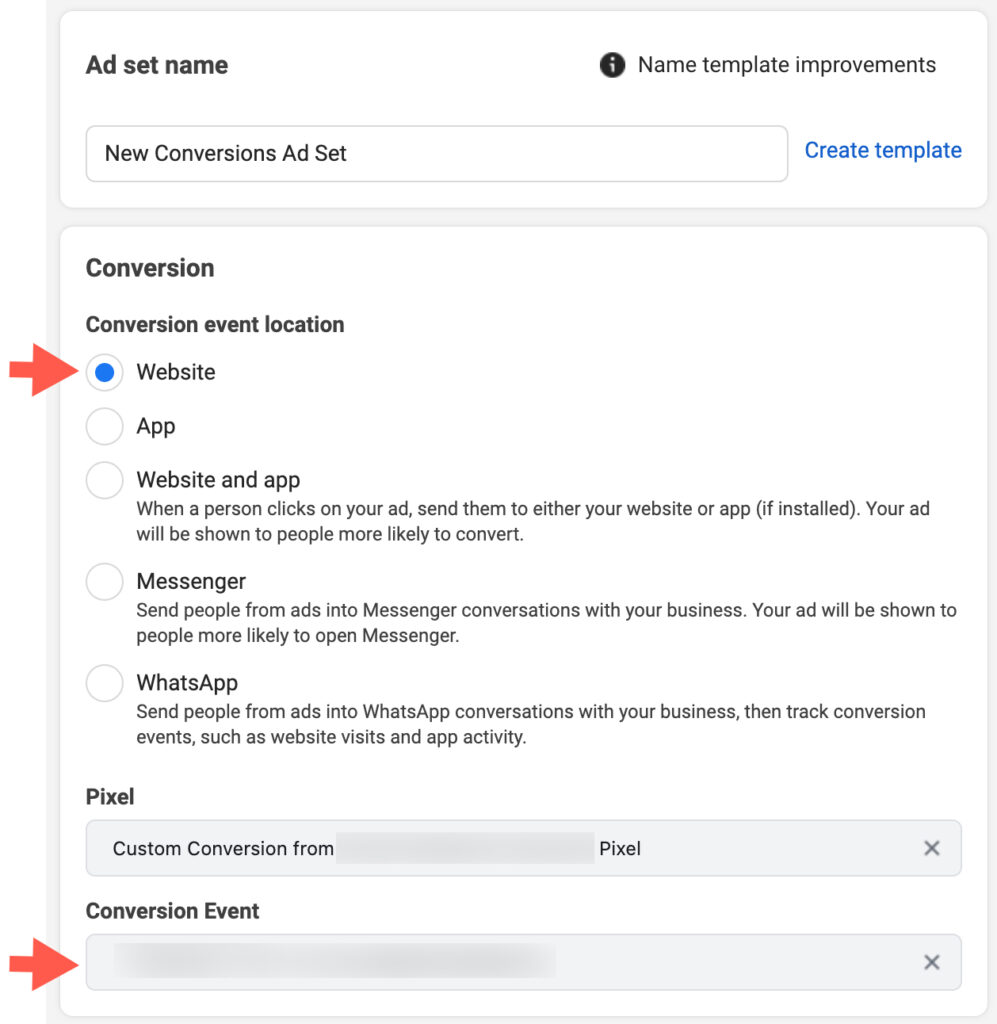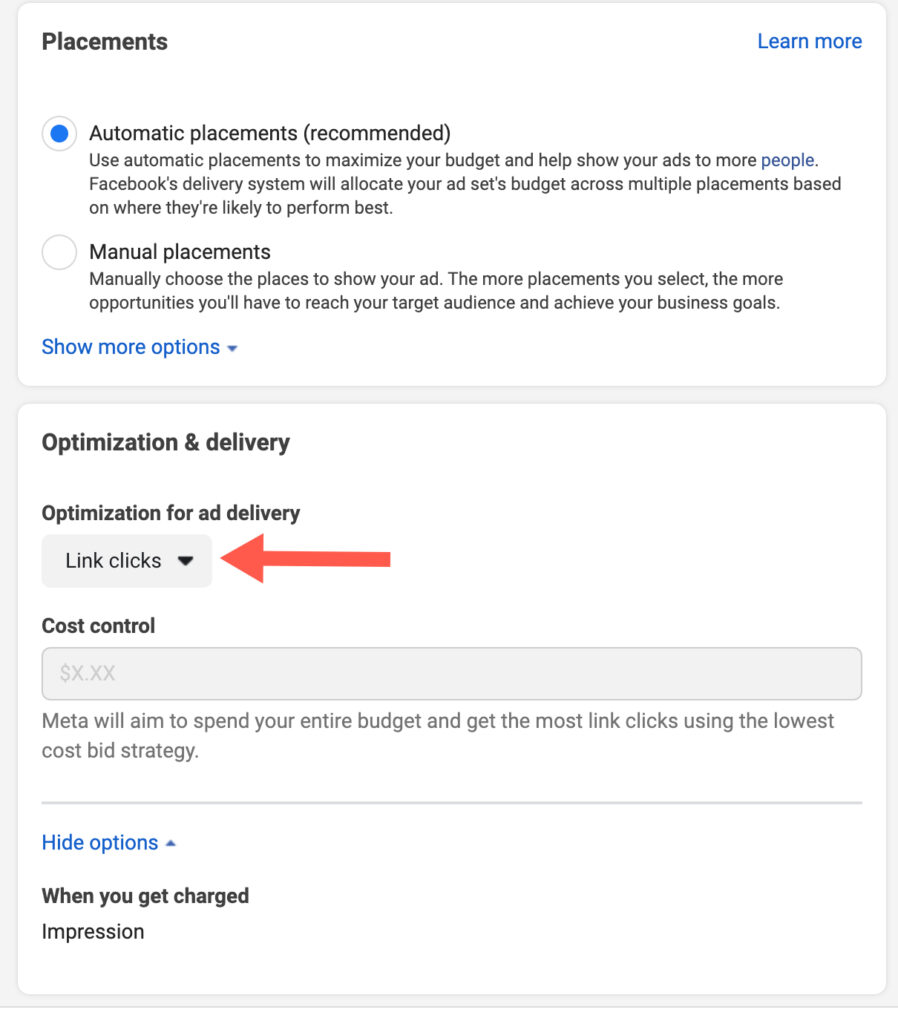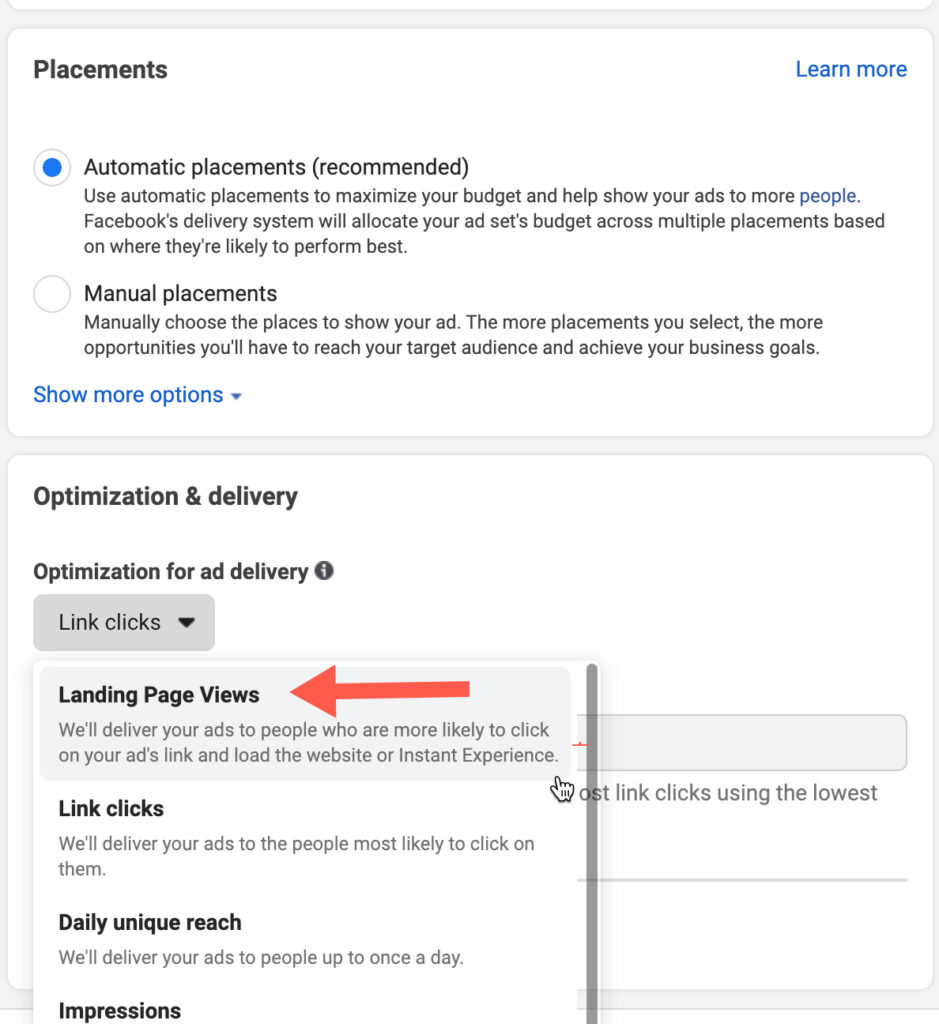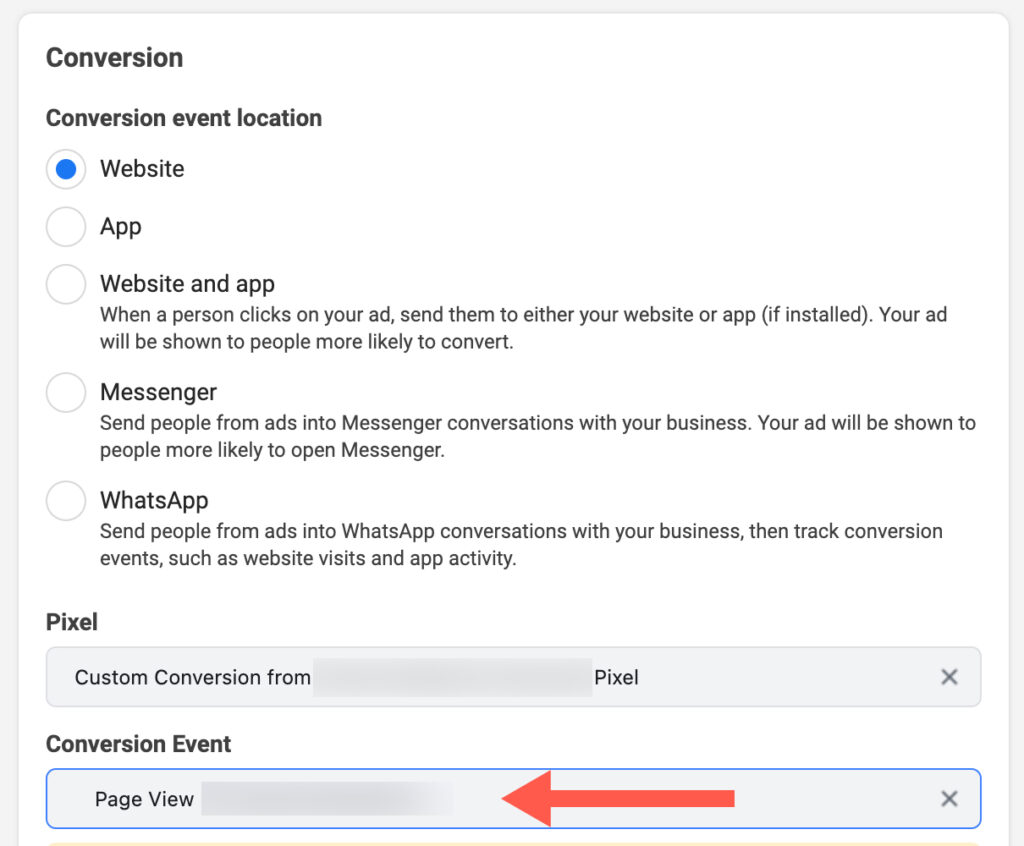Facebook Conversion Optimization [No Data No Problem]
Leveraging Facebook Conversion Optimization for key conversion actions is a critical component of running successful Facebook campaigns and can significantly impact performance.
However, have you ever tried to launch a campaign with minimal or no historical Facebook Pixel conversion data? What usually happens?
You launch your Facebook conversion objective campaign only to find Ad Sets stuck in learning and ad delivery getting minimal traction. Or you start running a traffic objective campaign and start seeing a ton of low-quality non-converting traffic going to your site.
In this post, we are going to break down how Facebook Conversion Optimization works and how you can best leverage the Facebook algorithm to your advantage, especially when working on a new account or Facebook pixel.
What is a conversion optimization in Facebook?
Conversion optimization in Facebook is when you use the conversion objective for your campaigns type and tell Facebook what key conversion action you want Facebook to optimize for.
Facebook [Meta] explains it as follows:
When you make your Optimization for Ad Delivery choice for an ad set, you’re telling us to get you that result as efficiently as possible…Based on the optimization you choose, the delivery system uses machine learning to improve each ad’s performance and minimize your cost per optimization event.
The conversions event is defined in the ad set of a given campaign. The ability to select a conversion event is only available for Conversion Objective Campaigns.

Picking the right conversion for conversion objective campaigns is critical since Facebook will lean into its billions of data points to find people in your audience that are close to or ready to take your key action.
This is why you will often hear Facebook advertisers say “always optimize for purchase” even if you are running awareness-oriented creative. As long as you are optimizing for your key action, your ad is much more likely to get served to your target customer base.
Note: Make sure you configure 8 conversion events for your domain to work with the new aggregated events measurement model. You can select 8 standard or custom events and define their priority. For maximum flexibility and to ensure you have a range of events that can be used for conversion objective campaigns, include a mix of down-funnel and mid-funnel conversion events.
How many conversions does Facebook need to optimize?
According to Facebook, you need about 50 conversions at a minimum per week. In addition, for conversions to be counted towards the 50 they need to occur within your campaign’s chosen attribution setting.
Your daily budget also factors into how many conversions you are collecting for optimization. Here Facebook suggests a daily budget of 10x your target CPA. So if your CPA is $50 your daily budget should be at least $500.
Make sure your budget is large enough to accommodate the cost of your chosen optimization event. A good general rule is that your daily budget should be at least 10 times the average cost of your optimization event.
Now, these are Facebook’s recommendations. I have seen Facebook Conversion Optimization work while collecting 20-25 conversions per week and setting daily budgets to 4x your target CPA. Again these numbers are malleable and can and should be adjusted based on your business metrics and advertising budget.
However, these budget minimums can be frustrating especially if you work with a new Facebook account or pixel and have minimal data collected to date.
Even though it’s true that without a substantial set of historical data you can’t fully leverage Facebook Conversion Optimization you can work your way up the funnel and start with soft conversions.
Given how Facebook optimizes ads here are our available options:
- Create Traffic Objective campaigns that optimize for Link Clicks until there is enough data to optimize for Landing Page Views.
- Optimize for Landing Page Views until there is enough data to optimize for conversions.
Optimize for conversions & link clicks until there is enough data to optimize for conversions– Depreciated feature- Leverage and prioritze soft conversions in your funnel for conversion objective campaigns.
Let’s explore each one of these in more detail.
1. Traffic Facebook Conversion Optimization for Link Clicks
A common question is: Should I Optimize for link clicks or landing page views?
I would not recommend optimizing for link clicks (also known as Traffic Campaigns). If you have no data at all you can optimize for Link Clicks until There is Enough Data to Optimize for Landing Page Views.
Optimizing for link clicks is the least recommended option because in its simplest form it goes after clicky people. The ad will be stuck in a dark abyss not optimizing towards any specific Facebook objective.
It shouldn’t take long to collect landing page views. The sooner you can get away from traffic campaigns the better.

If you are tracking landing page views you can change the Link Clicks settings to landing page views. You can also optimize for landing page views using conversion objective campaigns which we will cover next.

2. Landing Page Views Facebook Conversion Optimization
With this option, you can optimize for landing page views using the Facebook Conversion Objective campaign type until there is enough data to optimize for conversions.
Optimizing for landing page views is one step better than link clicks since it will optimize against users that reach the landing page long enough to generate a page view.
I know this isn’t as valuable as soft conversions but it is by far better than link clicks because you are going after users that will reach your page.

3. Optimize For Conversions & Link Clicks Until There is Enough Data to Optimize for Conversions – Depreciated feature
Note: It looks like Facebook has removed this feature. If you can still access this setting or have another workaround please let us know in the comments.
Facebook does allow you to spend the budget on both link clicks as well as conversions. This can work if you are trying to optimize your key performance indicator but have minimal conversion volume.
You can define how aggressive you want to go by selecting either:
Standard – “Spend up to a limited amount of the budget…”
or
Extended – “Spend up to the entire budget…”
Essentially Facebook is saying hey if you have no conversion how much of your ad dollars are you ok with us placing (i.e. sacrificing) behind link clicks in hopes of driving conversions.

4. Optimize for Soft Conversions
Instead of leveraging Facebook Conversion Optimization for key conversions optimize against soft conversions that are higher in the funnel.
For example, if a user takes the following steps to complete a purchase:
Scroll Depth/Time on Site
View Product Page
Add to cart
Initiate Checkout
Purchase
Optimize against any one of the above-listed steps in the funnel (ideally the one closest to the final goal). As long as it generates enough conversion volume for Facebook Conversion Optimization Requirements.
Conclusion
To summarize, these are some viable options you can kick into gear for new Facebook accounts and pixels.
However, don’t forget to have some patience and let campaigns run for at least 3-5 days after you have applied your changes. Then decide your next move so that you can give the system enough time to adjust and optimize.
Awesome Post!!!!
One should consider these points while doing Facebook ads. Another suggestion we should take of the attention span of the users while designing the ad.
Thanks & Regards
Does FB Ads still have option #3? I tried checking and did not see an option to optimize for both conversion and links where you can also click standard or extended? If not, do you recommend running landpage views until FB has sufficient data to switch to conversions? How long do you recommend running LPVs if pixel does not have enough data if no conversions yet, a few weeks? a month?
The Facebook Ads Manager does not have option #3 anymore. When you are just starting out it is important to have the Facebook Pixel in place and all key events of your funnels tracked. Remember that Facebook will record all events that occur on your site regardless if they come from a Facebook Ad or not. Then you need use an event that collects a recommended 50 events over a 7 day window. If you don’t have enough Purchases use Add to Cart. If you don’t have enough Add to Carts then fallback to Landing Page Views. The time frame is less relevant here. What is more important is the event volume you can collect. I would also note that Landing Page Views do not account for any time spent on your site. In my experience, I have found it better to create a custom conversion for an engaged users [trigger the event based on time spent on site i.e. 45 seconds or more]. It is pretty easy to collect conversion events for engaged users and it is a better quality data point compared to the Landing Page View event. Having said that now is a tricky time to get started given the changes that are happening relate to the Facebook Ads iOS 14 Privacy Update. Conversions are going to be harder to track [my guess is that the recommended 50 conversions over a 7 day window requirement will also change in the near future] and the reporting attribution window is cut down from 28 days post click to 7 days post click. Given these changes I would also recommend you track all performance in a third-party analytics platform such as Google Analytics.
Hey 🙂 Say I’m optimizing for page view or add to cart or so and I actually manage to get enough data for my main conversion (purchase), how do you change towards purchase optimization? Do you just change the conversion in the campaign settings while the campaign keeps running?
THX
Flo
Since the iOS14 Privacy Update you cannot change the conversion for an active campaign. The best approach is to duplicate and run new campaigns with new conversions once you have collected enough data.